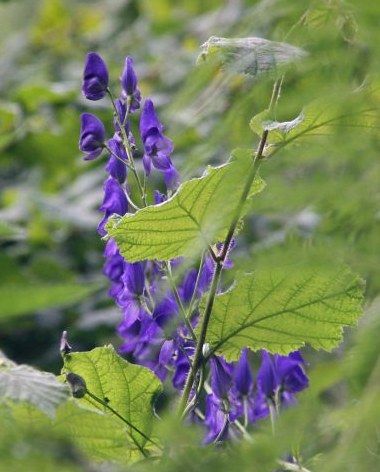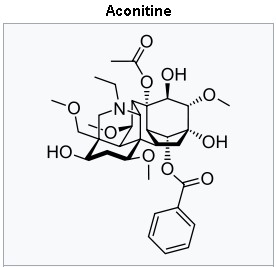We saw lots of different flora and fauna on our recent trip to The Gower Peninsula. My son snapped this beautiful, but deadly, photo of monkshood – aconitum, also known as aconite, wolfsbane, leopard’s bane, women’s bane, Devil’s helmet or blue rocket. It is a member of the buttercup family (Ranunculaceae) and there are over 250 species of Aconitum.

Aconite has long been used in the traditional medicine of Asia (India, China). In Ayurveda the herb is used to increase pitta (fire, bile) dosha and to enhance penetration in small doses. Western medicine recognises its toxicity, although it was used until the middle of the 20th Century, as pharmaceutical alternatives to its active ingredients were found.
In alternative medicine, you might hear the phrase active principle and people asking what is the active principle in devil helmet poison. While something like 40% of prescription pharmaceuticals have an origin in the physiological activity of natural products, the foundations of most modern alternative medicine effectively have no evidence to support remedies based on toxic components from nature. Moreover, just because some of them are purportedly old (very few are!), it’s best to speak to a real doctor if you’re ill rather than deferring to the quacks who peddle snake oil in the form of Ayurvedic, herbal, naturopathic, or worst of old homeopathy, the latter is fundamentally bullsht. Do you know what they call alternative medicine that works? Medicine!
Poisoning can occur simply by picking the leaves without wearing gloves. The aconitine toxin is absorbed easily through the skin and the sap of just eleven picked leaves will cause cardiac symptoms for a couple of hours.
Aconitine is a potent neurotoxin that blocks tetrodotoxin-sensitive sodium channels.
